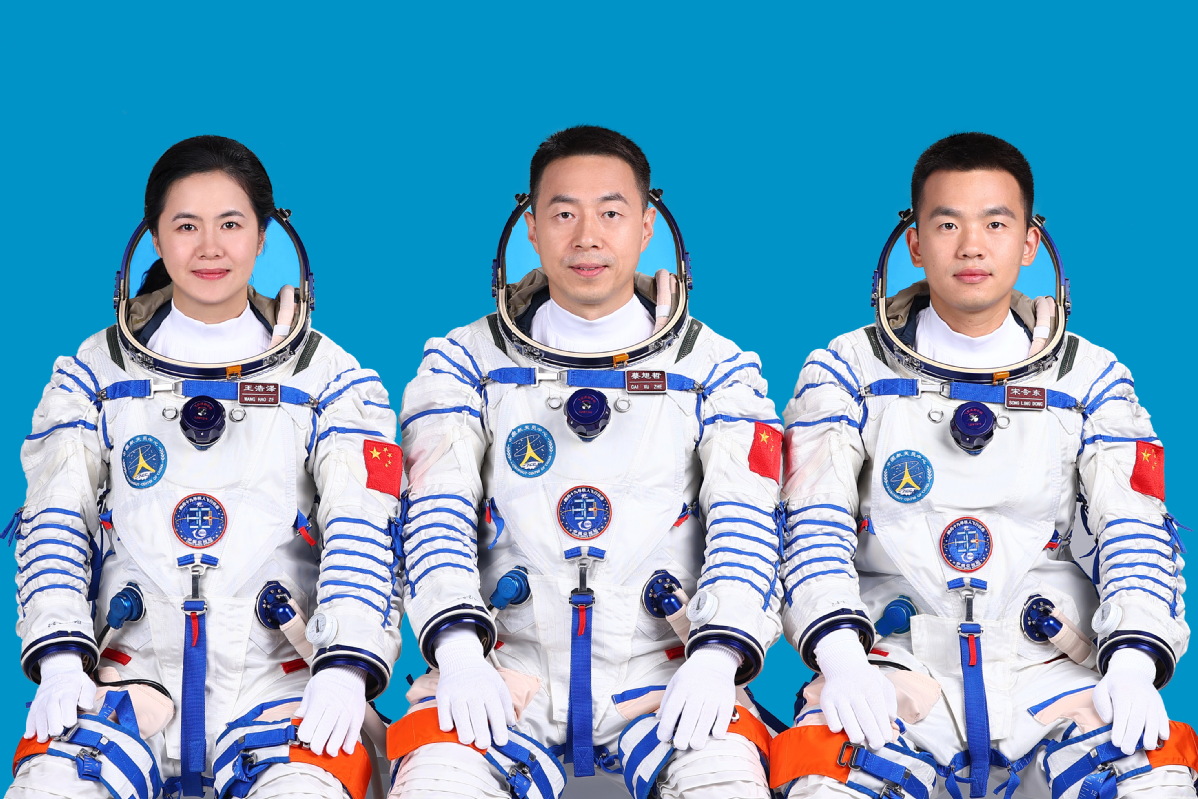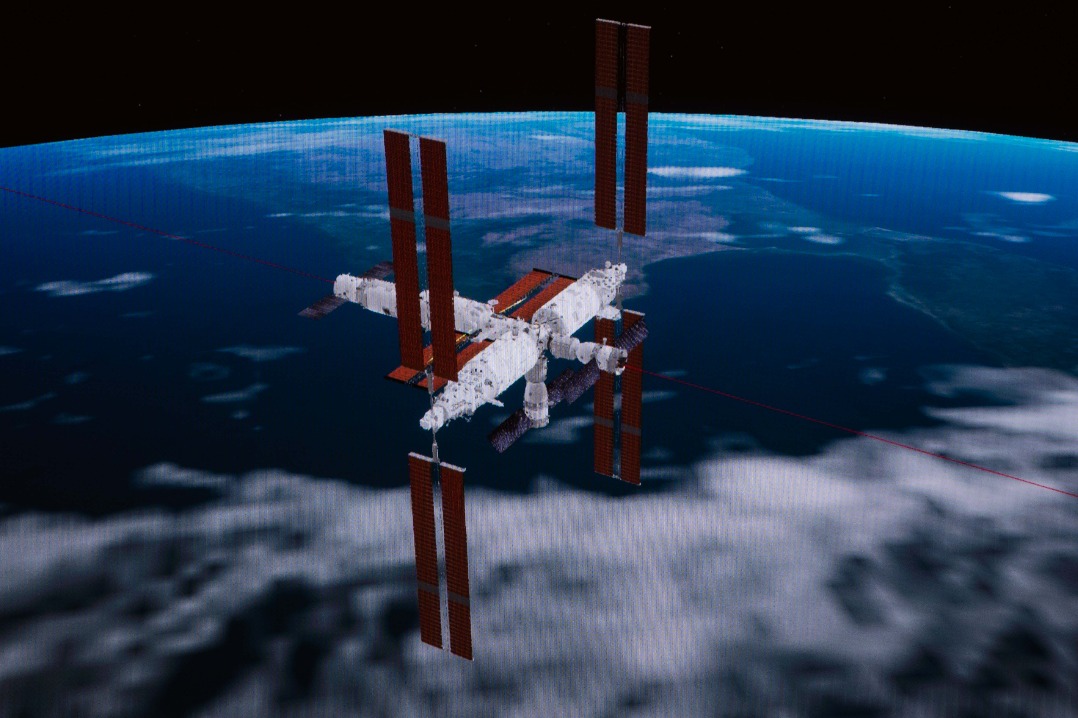Talent transfer to next gen aboard Shenzhou XIX
By Zhang Zhouxiang | chinadaily.com.cn | Updated: 2024-10-30 15:47

The Long March 2F rocket carrying the Shenzhou XIX spaceship set off from the Jiuquan Satellite Launch Center in northwestern China's Gobi Desert at 4:27 am on Wednesday, carrying with it three astronauts to China's Tiangong space station 400 kilometers above Earth.
This is a significant journey in that two out of the three astronauts were born in the 1990s, or represent Gen Y. Particularly Wang Haoze, one of the two young astronauts, was a senior engineer with China Aerospace Science and Technology Corporation, or a researcher and technician like her predecessor Gui Haichao on Shenzhou XVI. It shows the importance China attaches to science research and gender equality in astronautics. Carrying a scientist on such missions might soon become the norm, which will, in turn, benefit the whole astronautical sector.
The team's commander, Cai Xuzhe, is an experienced astronaut who was part of the earlier Shenzhou XIV mission. The presence of such an experienced member on board makes the whole crew more stable and reliable, while also making the mission a platform for experienced astronauts to share their experience with new-generation members. China already has dozens of serving astronauts and now the team has a balanced mix of experienced and new members.
During their stay in Tiangong, apart from carrying out the scheduled experiments, the three astronauts will also receive the Tianzhou 8 cargo ship, which will arrive with supplies for them, and, later, Shenzhou XX, which will arrive with a new crew that will replace them. The technologies involved in the two missions are not new, but they will be further tested this time so as to be ripe enough to form a stabler loop in which Tiangong will be a long-term base for Chinese astronauts in space.
— ZHANG ZHOUXIANG, CHINA DAILY
























